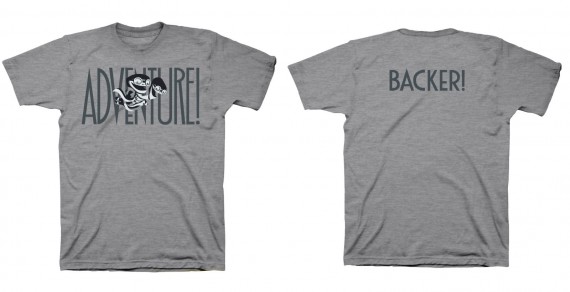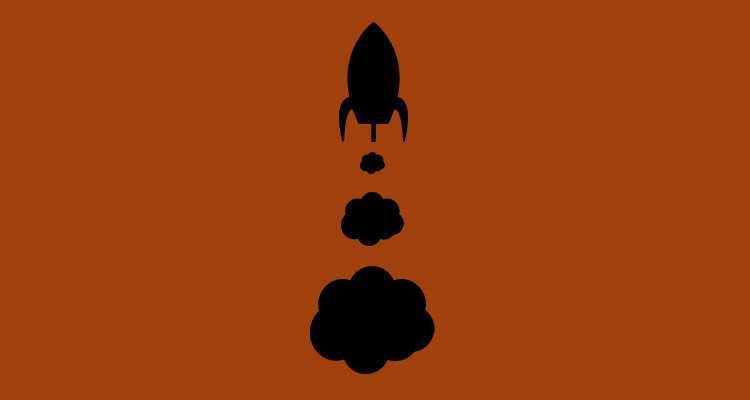Kickstarter Launch – Phase 3 of Your Kickstarter Campaign Timeline
If you’re ready for your Kickstarter launch, hopefully you’ve completed Phases 1 and 2 of your Kickstarter campaign timeline. This means you’ve been promoting your game/company for a few months and have amassed a sizable and engaged audience. In addition, you’ve spent the past three to four weeks teasing your upcoming Kickstarter launch to generate buzz. If this is where you’re at, congratulations and please continue reading. If you’re a little behind, consider delaying your launch until you’ve caught up.
5 Tips for a Successful Kickstarter Launch
1. Choose Your Number Wisely: Your funding goal is not a random number that sounds good. It’s a figure derived from what you need to complete development mixed with what the Kickstarter community will pay. Campaigns with funding goals near $10,000 have the greatest success rate of all campaigns (38%). As you calculate your own goal, you may wan to keep this in mind. To calculate your goal and get to this range, start factoring in every possible expense (software, hardware, talent, paper clips, etc.). Then trim where you can by cutting unnecessary and “nice to have” items.
2. Produce a Killer Video: An attention grabbing video is possibly the most important element of your Kickstarter campaign. Why? Because your video is what’s going to get you noticed by the Kickstarter staff, community, press and more. Getting noticed translates to getting featured on Kickstarter (89% of featured campaigns reach their goals), media coverage and…reaching your funding goal.
Here’s a short little video that gets the job done, while showing some personality from Jeff Aoki and Lance Kitagawa.
A video worthy of this attention is:
- Short: if you can’t say it in two minutes, it’s too long.
- Clear: after watching your video, viewers should know your company name, what your project is, how much you’re asking for and by when, as well as where to go to learn more.
- Professional: would you give your money to a Kickstarter whose video looked like it was filmed in a basement by a bunch of jokers? Of course not. The same applies to your video. If you want to be taken seriously, you need to present yourself that way.
- Quirky: personality is endearing. Don’t be scared of showing a some edge or your inner dork. This is the way you connect with the Kickstarter community and get talked about.
3. Post Rewards that Incentivize Donations: The Kickstarter community donates because each member wants to feel like he or she is part of an effort. Understanding this motivation will help you choose rewards that incentivize donations. At the same time, you don’t want rewards that cost as much as the pledge. This will jeopardize your progress. Create balance by offering rewards (1) for larger donations only and (2) that make donors not only feel like part of an effort, but actually are part of one. Double Fine Adventure’s Kickstarter campaign is an excellent case study. This studio offers rewards starting at $25 pledges (to cover the cost), and makes donors part of its project by thanking them in the game’s credits, providing office tours and more.

Double Fine Adventure offers rewards that incentivize the Kickstarter community to donate by making donors part of the effort.
4. Longer than 30 Days is a No, No: Kickstarter campaigns lasting 30 days have a 35% chance of meeting funding goals. Campaigns lasting 60 days only have a 29% chance. This is a significant difference, and one you should seriously consider…especially if your company does not have brand recognition on your side.
5. Shout it from the (virtual) Rooftops: With all of your Kickstarter campaign assets in place and your audience ready to go, it’s time to announce your Kickstarter launch. Now you get to see all of your promotion and audience building prep work pay off. Announce your Kickstarter launch to your Facebook, Twitter and other social media communities; in forums you’ve become a member of; on your blog; and in an email blast to your subscribers and media contacts. Convey a great sense of excitement and make sure your “donate now” call-to-action is front and center with a link or button back to your Kickstarter page.
Leave a Comment
Only registerd members can post a comment , Login / Register




1 Comment
Megan
about 11 years agoGreat article, Emmy. Thanks for sharing!